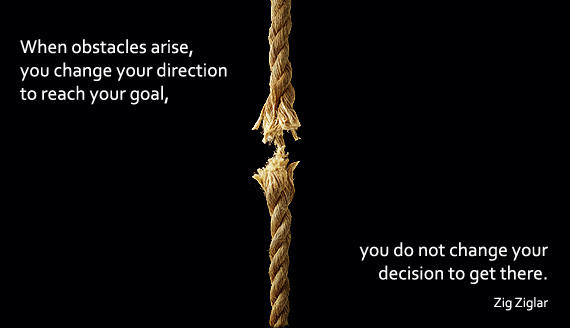
ACT2
PREVENT

Prevent relapse
Do you always relapse into the same injury or do you feel that one injury causes another?Have you previously worked on the symptoms, rather than the root cause and do you think you are missing something to solve your health problem?
Please contact us, most likely we can help you!
'fractured my leg some time ago. The fracture healed but now I suffer at other spots.'
'What once started as a torn muscle now regularly leads to new injuries?'
'My back problem just keeps dragging on. The massage feels good but I just don't think it's adequate.'
'I'm already doing exercises for my knee but I regularly suffer from it again.'
Are you accepting to relapse regularly into old or new injuries?
Are you looking for other solutions if you keep on relapsing into old or new injuries?
What can we learn from the Cybex test for (professional) soccer players? Or not learn?
Solution for overuse injuries in sports?
Are Anterior Cruciate Ligament (ACL) injuries epidemic in soccer?
No matter which solution you choose, remember that each injury has its root cause and that you are more likely to stay injury free if you succeed in finding the root cause.
Our body is a work of art that manages to keep up, though it often has to compensate for it on another spot. Eventually it will 'avenge' itself at a location other than where the cause lies.
If for instance we arch our back (as a result of a sedentary profession, abdominal exercises while lying on your back or excessive pectoral training) then we will compensate this in our neck. Our head will, driven by our eyes, try to stay elevated which can cause neck problems.
Back to basics: the most up-to-date information and examples for an 'healthier back'
The basics: understand the functioning of the body ... an example
Function of abdominal muscles
Do our abdominal muscles really support our back? If yes, how?
Will stabilizing our abdominals provide us a stable trunk and pelvis?
Are our abs made to stay motionless, to tighten consciously or is it rather a flexible set that serves to move?
Functional abdominal training for soccer goalkeepers
Stability training for soccer players...a different point of view.
There is a lot of information about abdominal muscles, how they are segregated into 3 parts (straight, oblique and transverse) and how we can train each part separately.
There is a lot to do about 'stabilization training' and it is increasingly used in various sports.
From the moment we segregate the abs into three parts we are working against the logical functioning of the body because the body does not recognizes muscles, only movements. By dividing our body (and abs) into different parts, we create imbalance and bring the nervous system out of balance.
For this reason we prefer to consider the abdominal muscles as a whole and also train them as a whole. By performing functional movements and exercises, we train them in a logical way. The fact that we bring them in many different positions and often start from stretch we not only become stronger but also more mobile and we have less chance of injury.
Flexible muscles will automatically result in better movements and better way.
Subscribe to our FREE 12-week abdominal program and discover in an educational way how abdominal muscles actually work and how you can train them at best! This is our gift to you!

Prevent Relapse ... by Podiatry
If you keep on relapsing in the same injury or if you notice that one injury has been a start for the emergence of another, then there is often a cause that should be determined in case you wish to proceed in a healthy and safe way going forward. The cause can be located anywhere in the biomechanical chain (or elsewhere) and a thorough 'causal' examination is necessary in order to avoid chronic injury and/or disability.For that reason Act2Prevent gathers specialists who search for the cause of physical complaints in their discipline. The Podiatrist is such a specialist who is searching for abnormalities starting at the foot and who will make the necessary adjustments when required.
We can count on Podiatrist Thorbjorn De Brul who is available on Saturday for our customers and contacts.
The sessions (1,5h biomechanic examination) take place in our Physiotherapy and Personal Training Studio in Sint-Katelijne-Waver, Mechelen, Belgium
Contact
 Ality
Ality Injuries
Injuries Website in het Nederlands
Website in het Nederlands Page en français
Page en français




